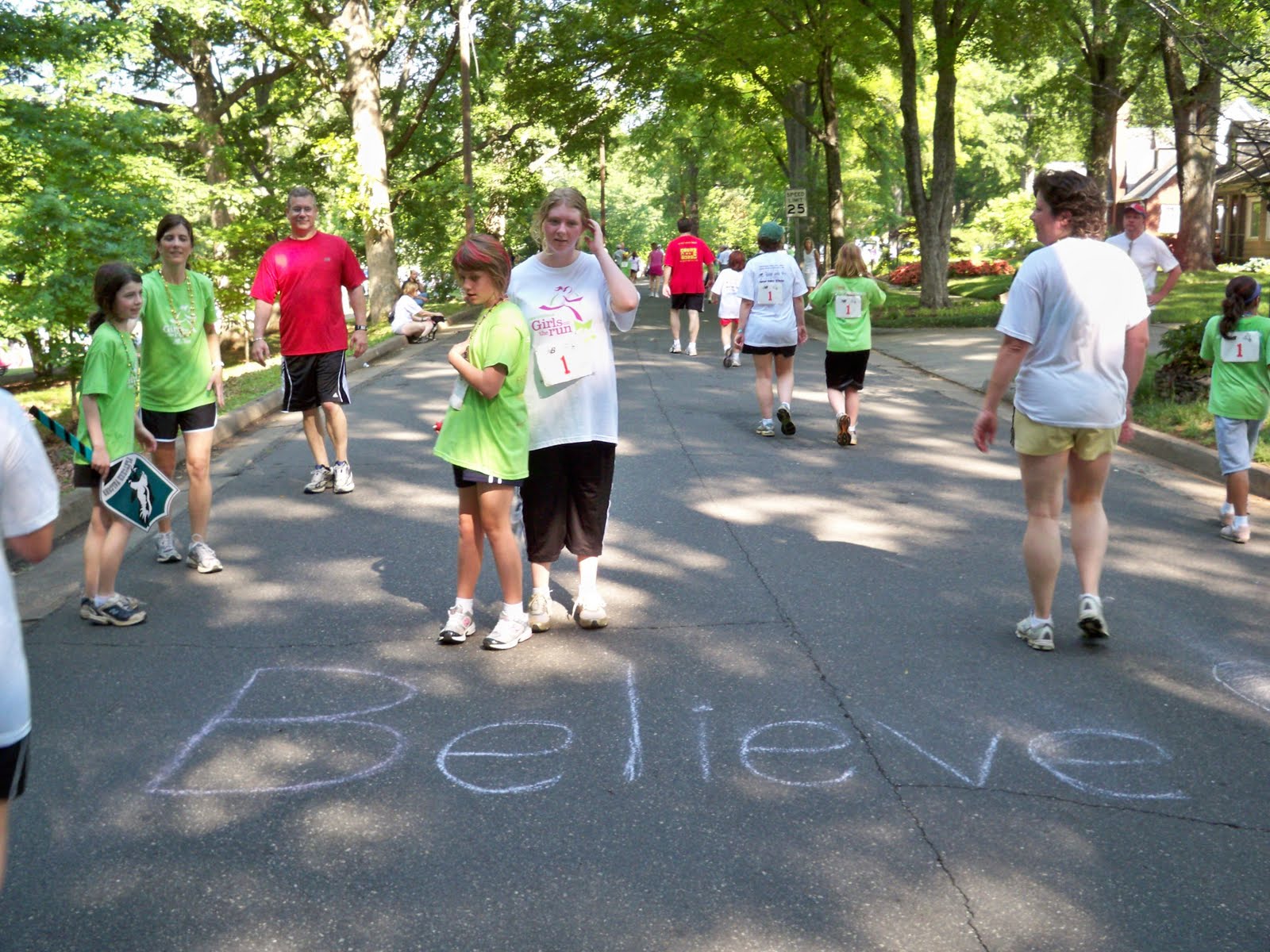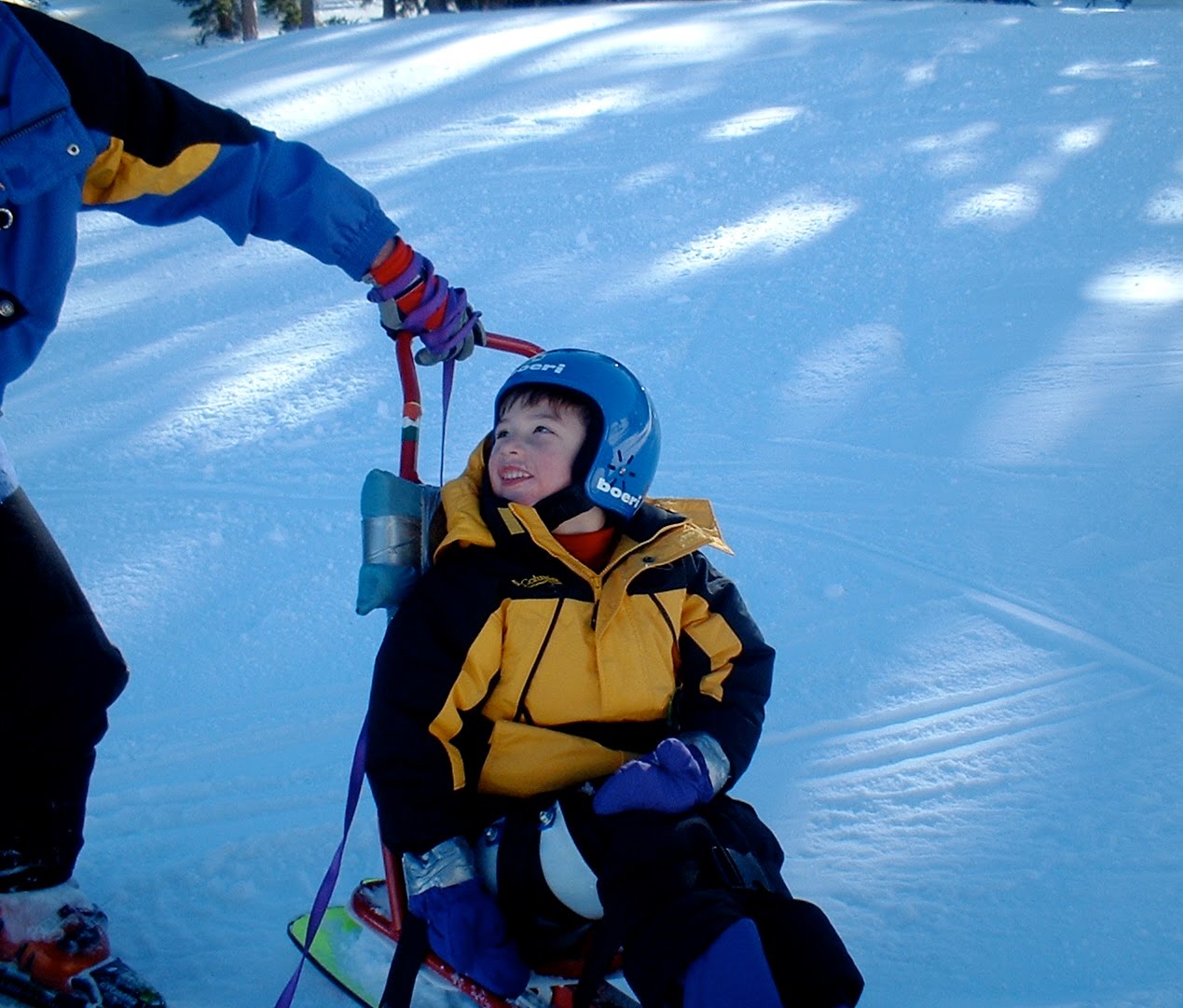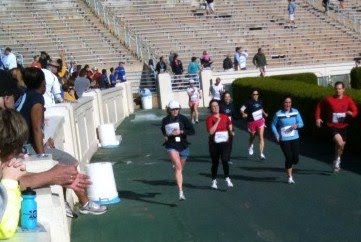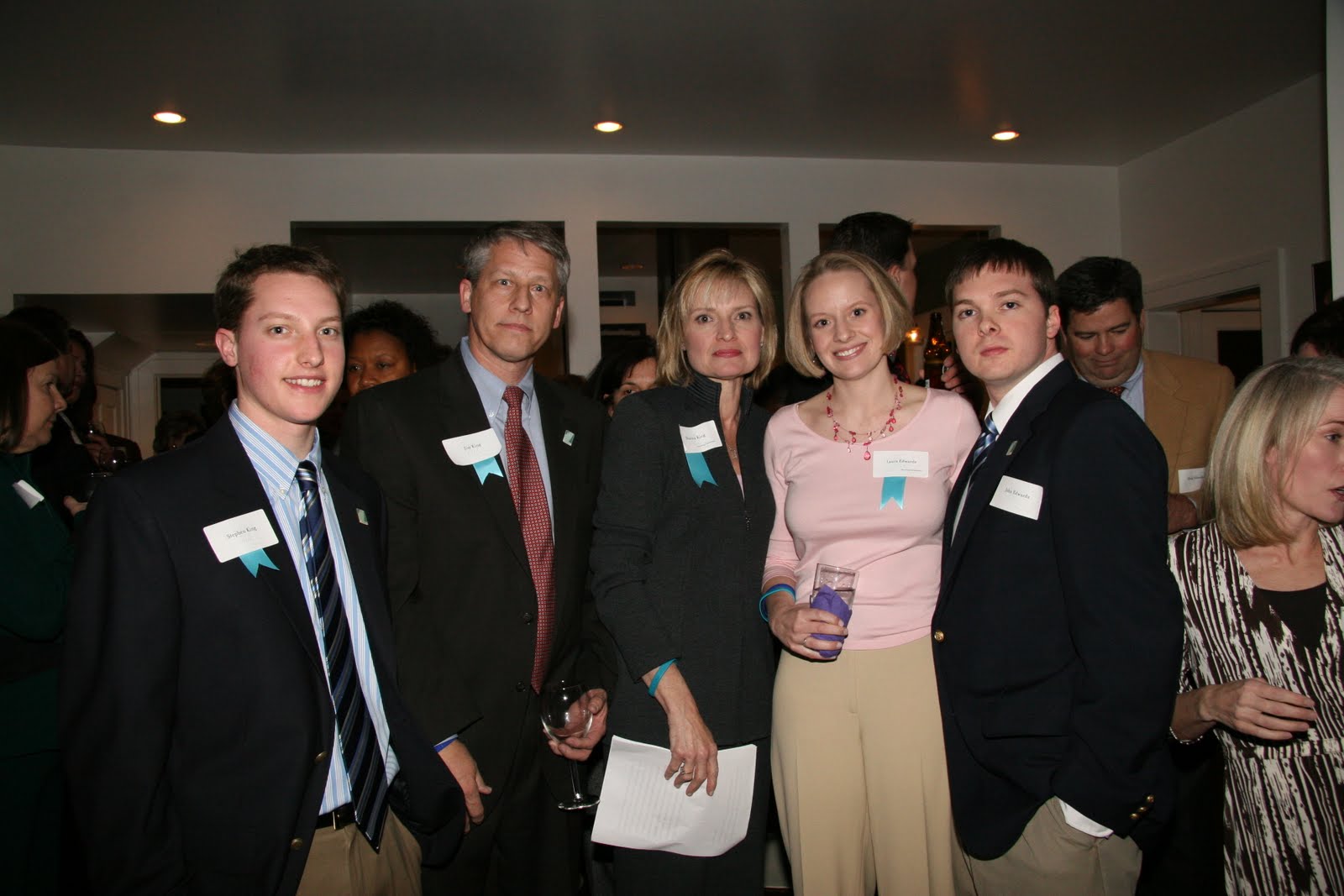My sister’s teacher forwarded a touching story about a little boy named Teddy Stoddard to my parents and many others, and it quickly made its way to me. The short version of the story is that the grubby, withdrawn, sometimes unpleasant Teddy earns a place in his stern teacher’s heart when she discovers that he had been forced to endure the death of his mother two years before. The teacher was immediately ashamed of the way she had treated Teddy. Soon afterward, Teddy gave the teacher two Christmas gifts: a near-empty bottle of perfume and a rhinestone bracelet with some of the stones missing, both wrapped in a brown paper grocery bag. Some of the other children laughed and poked fun at Teddy’s gifts, but the teacher treasured them. From that day on, the two developed a friendship that withstood the test of time. And many years later, after Teddy became a doctor, he thanked his old teacher for changing his life.
 Though she is not grubby or unpleasant, I still see some of my sister in Teddy. Taylor is beautiful and smart, brave and kindhearted. But Taylor is fighting her own battle, and because of that, she is occasionally misunderstood. She has Batten disease. Because blindness is part of her disease, her eyes don’t act the same way sighted people’s eyes act. And if she’s in a group of people, she’ll often get very quiet. Some people may think that means she’s not paying attention. But she is; she’s listening. She’s always listening.
Though she is not grubby or unpleasant, I still see some of my sister in Teddy. Taylor is beautiful and smart, brave and kindhearted. But Taylor is fighting her own battle, and because of that, she is occasionally misunderstood. She has Batten disease. Because blindness is part of her disease, her eyes don’t act the same way sighted people’s eyes act. And if she’s in a group of people, she’ll often get very quiet. Some people may think that means she’s not paying attention. But she is; she’s listening. She’s always listening.


